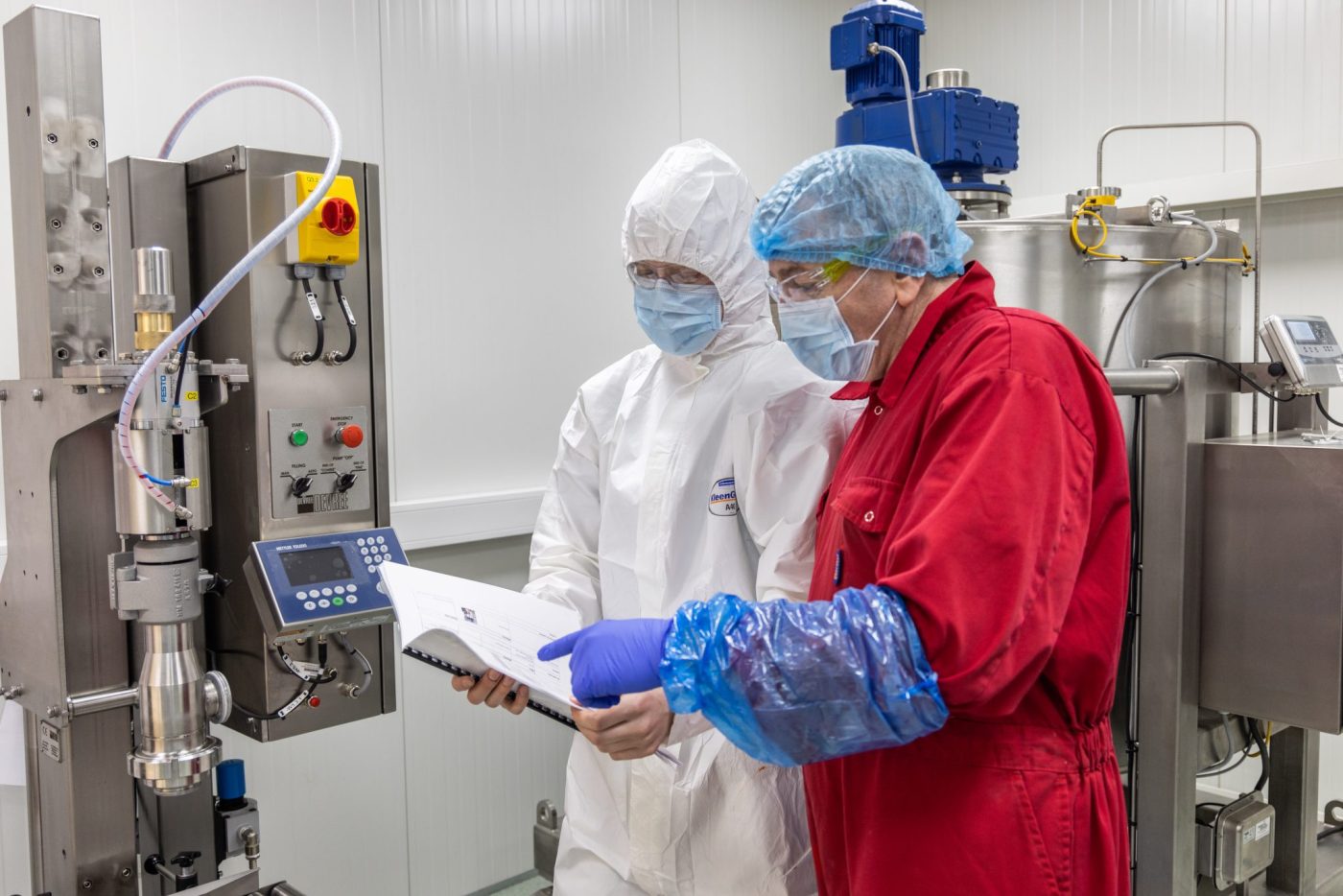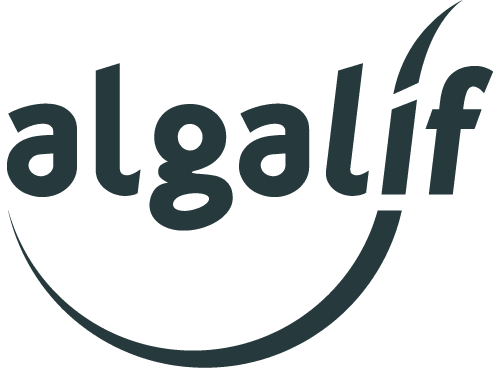
We at Algalíf Iceland ehf. are a biotechnology company that specializes in the production of natural astaxanthin from the algae Hematococcus pluvialis. We pride ourselves on providing reliable service and high-quality products to our customers through a sustainable business plan.
But what does quality look like at Algalíf? We chose to comply with GMPs, „Good Manufacturing Practices“, as this system is a key factor in medicinal quality around the world. To understand why this GMP quality system is so impactful, we have to know a bit about how it all started.
Before and well into the 1800s, the medical field was based more in superstition than in science. The Dark Ages lived on in ideas like sin-induced illness, miasma, and bodily humors. Seeking medical attention often resulted in harmful treatments such as purging- the use of mineral toxins to induce vomiting- and the failure rates of these „curative measures“ were staggering; many died as a result of their medical treatment.
Concerned with this, a group of 11 physicians came together in 1820 to discuss what could be done. They established the United States Pharmacopoeia (USP), a publication detailing how to make various medicines of the time. This information was made freely available to best protect patients against the „evil of uncertainty“ in medicinal products.
In 1906, after a contamination event affecting diphtheria antitoxin caused the deaths of 13 children, the US Government passed the Pure Food and Drug Act, which required all medicine producers selling products in the United States to comply with USP standards. The USP publications were then translated into multiple languages and made available outside of the USA. The Food and Drug Administration (FDA) was also established to enforce the new act of law.
Another event, the Elixir Sulfanilamide poisonings of 1937, resulted in the deaths of over 100 children due to the use of diethylene glycol in cough syrup. After understandable outrage from the public, the US Government updated the Food and Drug Act to include requirements for safety testing. Production companies now had to prove that they were following the USP standard and that it was safe to consume their product.
Then in 1962, the thalidomide tragedy came to light. Some 10,000 babies were born all across Europe with birth defects so severe that nearly 40% died shortly after birth. These birth defects were caused by the drug Thalidomide, which was prescribed to pregnant women to ease morning sickness. Europe was heavily impacted, but American families were spared this tragedy thanks to the work of Ms. Frances Kelley, an application reviewer with the FDA. In the late 1950s, Ms. Kelley reviewed the application for Thalidomide sales in the USA. She rejected it because she felt there was not enough data to prove the safety of the drug for the unborn child. Thus, the drug could not be sold in the States.
In the wake of thalidomide, the world responded with various acts of law to ensure the safety of medicinal products, and though the tragedy did not impact America, the US Government responded as well. The Food and Drug Act was updated once again to mandate clinical trials before taking a new drug to market and also to stipulate good practices that production facilities were required to follow and prove during government inspections. GMP was born.
Since then, government agencies around the world have adopted GMPs as part of their regulations for the production of medicinal products in an effort to protect the end users and keep such catastrophes as diphtheria antitoxin contamination, elixir sulfanilamide poisoning, and thalidomide a thing of the past.
We at Algalíf Iceland ehf. want the best for our customers and end users, and have thus decided to voluntarily comply with the quality system that has been protecting the public worldwide for over 60 years.
An Algalif Blog by Carolyn Gavin Quality Assurance Specialist.
The benefits of astaxanthin for humans will be explored in future blogs – keep up to date by following us at www.algalif.com.

